Bowling How To's & Buyers Guides, Bowling Tips & Coaching Articles, Buying Guides, Coaching Corner with John Gaines
High Performance Bowling Balls Explained By John Gaines
Bowling Ball Terminology And What It All Means
This is a difficult subject to explain in a blog. There are numerous factors that go into deciding which bowling ball, surface or layout to use. Each person, center, and oil pattern varies so much. Even day to day or the people you are bowling with can make a difference.
I will try to explain a couple of the basic physics facts that hopefully will help a little.
Radius of Gyration or (RG) As It Is Commonly Called In The Bowling Ball
This is how fast an object will spin. Think of ice skaters. When their arms are spread out, they spin slowly (high RG). As they bring their arms closer to their bodies, they spin faster (low RG). So, a ball with a low RG core (or layout) spins faster than a higher RG. Low RG would be for higher volume patterns, higher ball speed or lower rev rate players. Higher RG would be for lower ball speed, lower volume patterns or higher rev rate players.
Differential (Bowling Ball Flare):
The differential is how much a bowling ball will flare. The higher the differential, the more it flares. The more flare, the greater the bowling ball will transition at the breakpoint. This is because when the ball flares, it is covering a fresh part of the surface each time the ball rotates going down the lane, therefore creating more friction.
You can decrease or increase both RG and differential based on how you drill a bowling ball.
The closer the pin is to the PAP (positive axis point), the lower the RG numbers will be, making the ball roll earlier and have less backend motion. The farther you place the pin from the PAP, the higher the RG will be, making the ball skid down the lane easier.
When you place the pin 3 and 3/8 inches from the PAP, this is the most amount of flare potential a bowling ball can have. Closer or farther from the PAP than 3 and 3/8 inches decreases the amount of flare potential. You also can decrease or increase both RG and differential by using an extra hole in the ball, depending on depth, size of the extra hole and where the extra hole is placed.
Bowling Ball Surface
This is the most important factor you can control on a bowling ball. The surface of the ball is about 70 percent of the overall ball motion. But, for whatever reason, most people are wrapped up in layouts. Some guys on the Professional Bowlers Association Tour, like Tommy Jones or Chris Barnes, really only have two or three layouts they use. They find layouts that work well for them and then adjust surfaces for what pattern and lane surface they are bowling on. Not that layouts aren’t important, but they are way over-thought sometimes and not enough time goes into surface preparation.
The hardest part is matching this up for how you throw the ball, to what lane surface you’re bowling on and what pattern you’re bowling on. What works for one person may not work for another.
When To Use These Bowling Balls?
I bowled quite a bit with Tommy Jones and Chris Barnes over the years. The three of us were not even close to using the same balls, layouts or surfaces when bowling together in a tournament. Chris uses quite a few pins very far (about six inches) from his PAP. If I use something like that, my ball never hooks. The reason it never hooks for me is because that is a very high RG layout. My ball speed is very high. As discussed earlier a high RG layout doesn’t rev up as much as a low RG layout. With my higher ball speed and a high RG layout, my ball doesn’t roll early enough and skids past the headpin.
Let’s talk about looking at a lane graph before a tournament even starts. I sometimes laugh at how much emphasis is put on this in today’s game. I see it all the time on Facebook. As soon as a tournament is announced, there are several requests “what’s the pattern going to be?”
Yes, it is useful information to help you know where to start, but the “pattern” is not the pattern for very long. The pattern changes by the end of practice. I have some lane graphs of fresh, after practice, Game 1, 2, and 3. Each of these graphs are drastically different from each other.
Here is a before graph from before any shots are thrown and after Game 3. This is typical league night with 10 people on a pair. Look how much difference there is after three games!
This only barely touches the subject. But, as you can see, it’s not easy to try and articulate this in a blog. Couple things you can do to help your own game however, even if you don’t know what to do when things aren’t going well, do something different. Get out of your comfort zone in practice and try different things. Take your ball into the pro shop and have them change the surface for you. Go practice with it to see what it does differently. If you don’t like the surface change, it is very easy to put a different surface on the ball. You don’t need 10 different layouts. Once you find a layout or two that works for you, stick with them.
If you have any other questions or would like me to cover a particular subject, please feel free to email me at [email protected]





















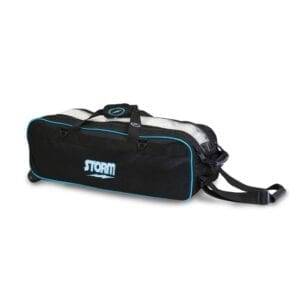
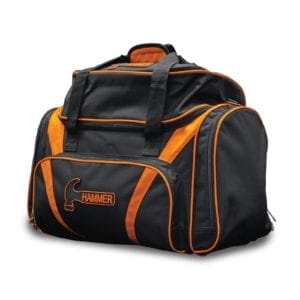

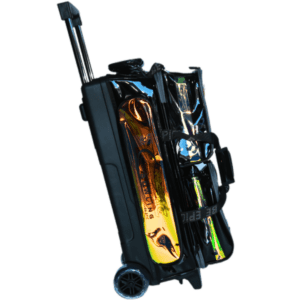














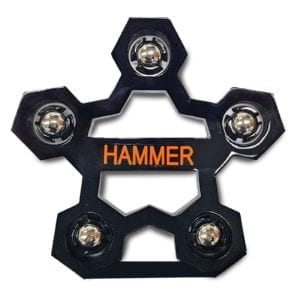


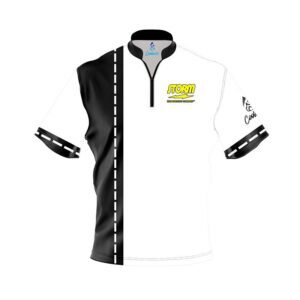












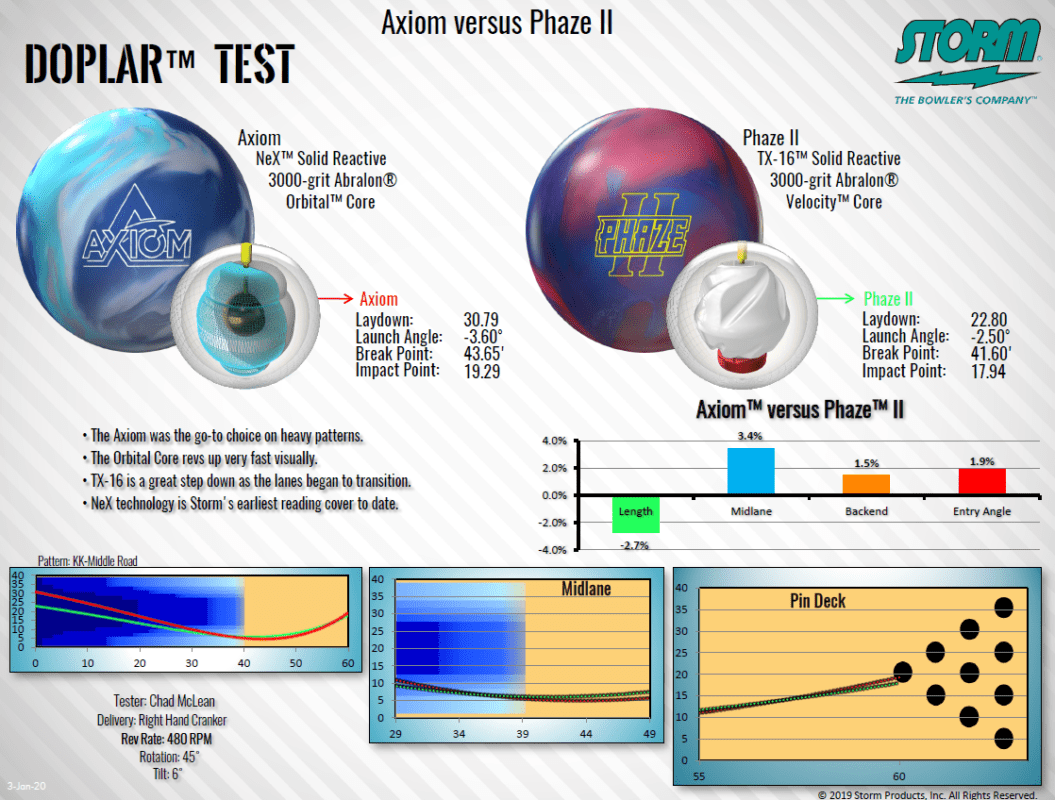



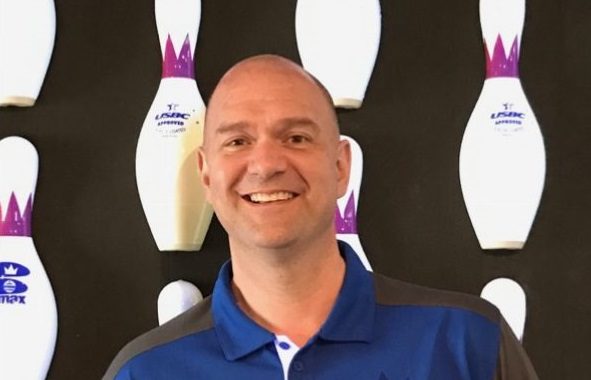





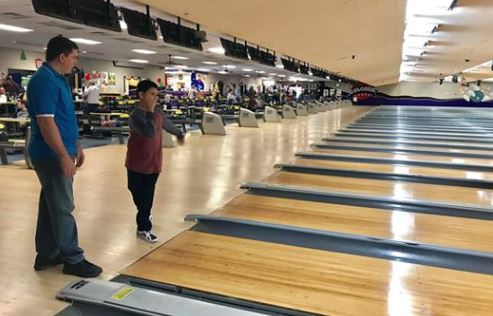







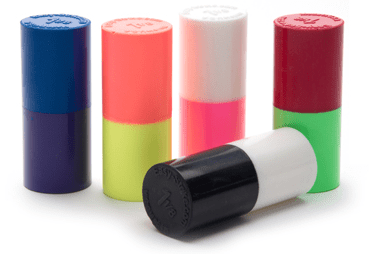































































I JUST BOUGHT THE IQ NANO. I JUST STARTED DRILLING WITH THE DUAL ANGLE MEASUREMENTS. THE FRIST GAME OF LEAGUE IS VERY OILY. WOULD A 50 X 35 WITH A 3.5 PIN WORK ON THIS OIL PATTERN.I AM A STOKER WITH SPEED ABOUT 15.MY AXIS IS 5 IN. OVER AND 1/2 UP.IN GENERAL WOULD THIS BE GOOD TO GET THE BALL TO REACT? DO YOU HAVE ANY SUGGETIONS? I WILL NOT HOLD YOU TO THEM. I AM JUST LOOKING FOR SOME IDEAS TO HELP ME OUT.
THANKS RON LAKOMIAK
Ron, It all depends on where on the lane you are looking for more ball motion. Are you looking for something to hook earlier or have more backend? The biggest mistake I see most bowlers make is drilling a ball to “hook” early. Then only to be upset when their ball doesn’t have enough backend or angular motion. A ball can’t hook early and be angular down the lane. Look at it this way, the surface will control the distance. The layout will control the shape. If you are looking for a smooth ball motion down lane, then the layout you provided will work. If you are still looking to have something angular down lane, then you would need to move the pin farther from your axis. Even though you may be a stroker, you also said you have average ball speed. Place the pin about 5″ from your PAP. This is a little higher RG layout that will save some energy down lane giving you more pop at the end of the pattern. If the ball goes to far down the lane, simply put more surface or texture on the ball to help control the distance you desire.
what is the difference between react athane coverstock and the urethane ball
Rodel, There are quite a few differences between urethane and reactive balls. The two biggest differences are the amount of texture a reactive ball has and the amount of oil that a reactive ball absorbs. When it comes to the texture difference, think of a snow tire compared to a racing car tire that doesn’t have any tread on it. On a dry surface the racing tire without any tread on it is fine. If there is any moisture on the track, the car wouldn’t have any traction. The reactive ball also absorbs oil and the urethane ball does not. The oil stays on the surface of the urethane ball and the ball cannot create friction. By the reactive ball absorbing oil, the surface stays a little “cleaner” allowing for more friction on the lane therefore the reactive ball has a greater potential for more hook.
Very good article. Keep expanding the physics.
Thanks! Stay tuned. Just shot some video yesterday to expand even more on ball physics. As soon as I can edit it, I will post on the website.
I have the most difficulty on heavy oil pattern. I am looking for a ball reactive in oil. I’m a back up bowler speed avg 15-17.. All my equipment has left handed drilling. I have a stroker style.a ball recommendation would be appreciated. I have virtual energy polished. Brunswick mastermind 1500 surf. Genesis 2000surf. Hyper cell 1500 surf As needed I buff downward. Looking at the motiv jackal. Thx
Missy,
There are many possibilities as to why the current balls you have don’t hook enough. One of the reasons could be that you are actually using too much surface on the ball. Your ball speed at 15-16 MPH is on the slower side. A ball with too much surface and that slow of ball speed will use up all of it’s energy too quickly and die or “burn up” at the backend of the lane. Another reason could be that you are using too strong of layouts for those balls mentioned with your slower ball speed. The Motiv Jackal does have quite a bit of hook potential. But I wouldn’t drill it too strong so the ball saves some energy down the lane. Remember, surface controls the distance, layout of the ball controls the shape of the ball. If you put a lot of surface on the ball and have a strong layout, it will use it’s energy and have nothing left.